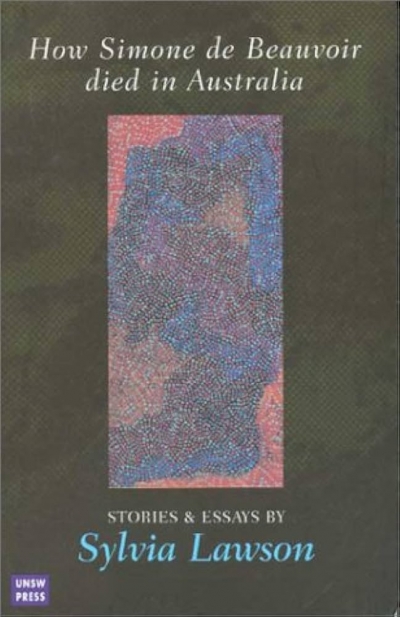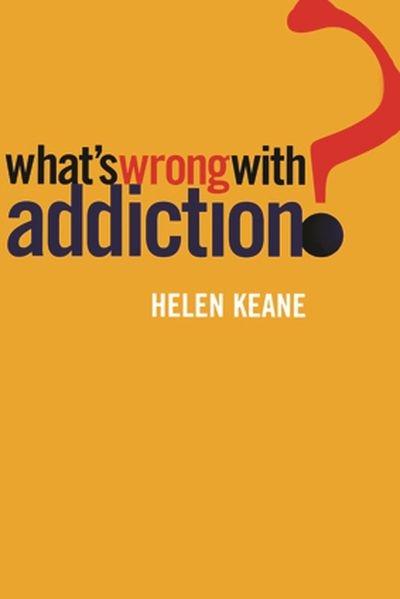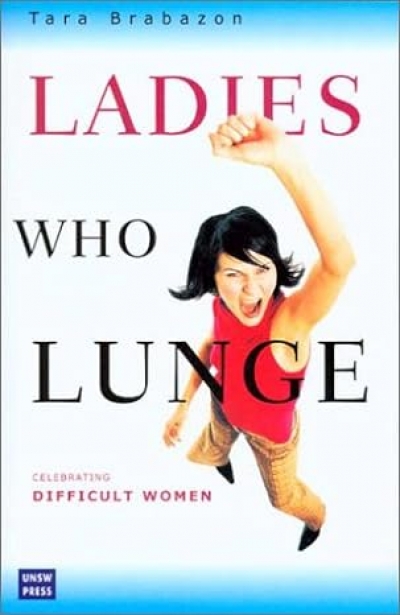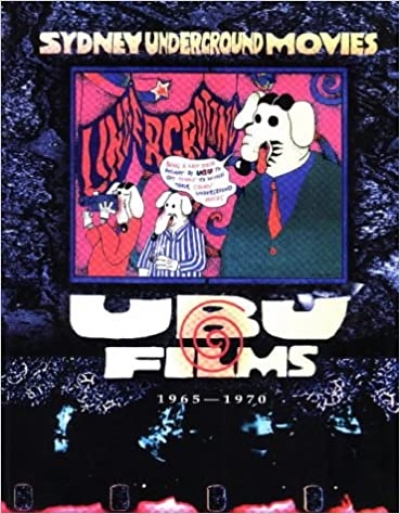Tara Brabazon’s Ladies Who Lunge: Celebrating Difficult Women is a collection of essays on feminism and popular culture. Addressing a range of subjects – including aerobics, wrestling, Miss Moneypenny, Anita Roddick and the pedagogy of Sylvia Ashton Warner – Brabazon’s material on the whole does justice to her general contention that feminist readings of popular culture need to be fearless and bold. Arguing that feminism requires a (metaphoric) equivalent of the movie Fight Club, Brabazon suggests that feminist critique is at its sharpest when it reads against the grain of mainstream thinking. For the most part, these essays do just that. However, for a book that celebrates the brazenness of feminism, why not include the F word in the title? In fact, the lameness of the title’s pun turns out to be characteristic of a deeper identity crisis. While Brabazon argues for a non-populist feminism, a tough and gritty brave new world of feminist critique, the style and packaging, and sometimes the substance, of her book seem to be trying hard to reach a market that is both ‘young’ and ‘popular’. Not that there is anything intrinsically wrong with this market, but it contradicts Brabazon’s wider project of taking us somewhere other than feminist readings of popular culture that dumb down many of feminism’s most critical insights.
...
(read more)




